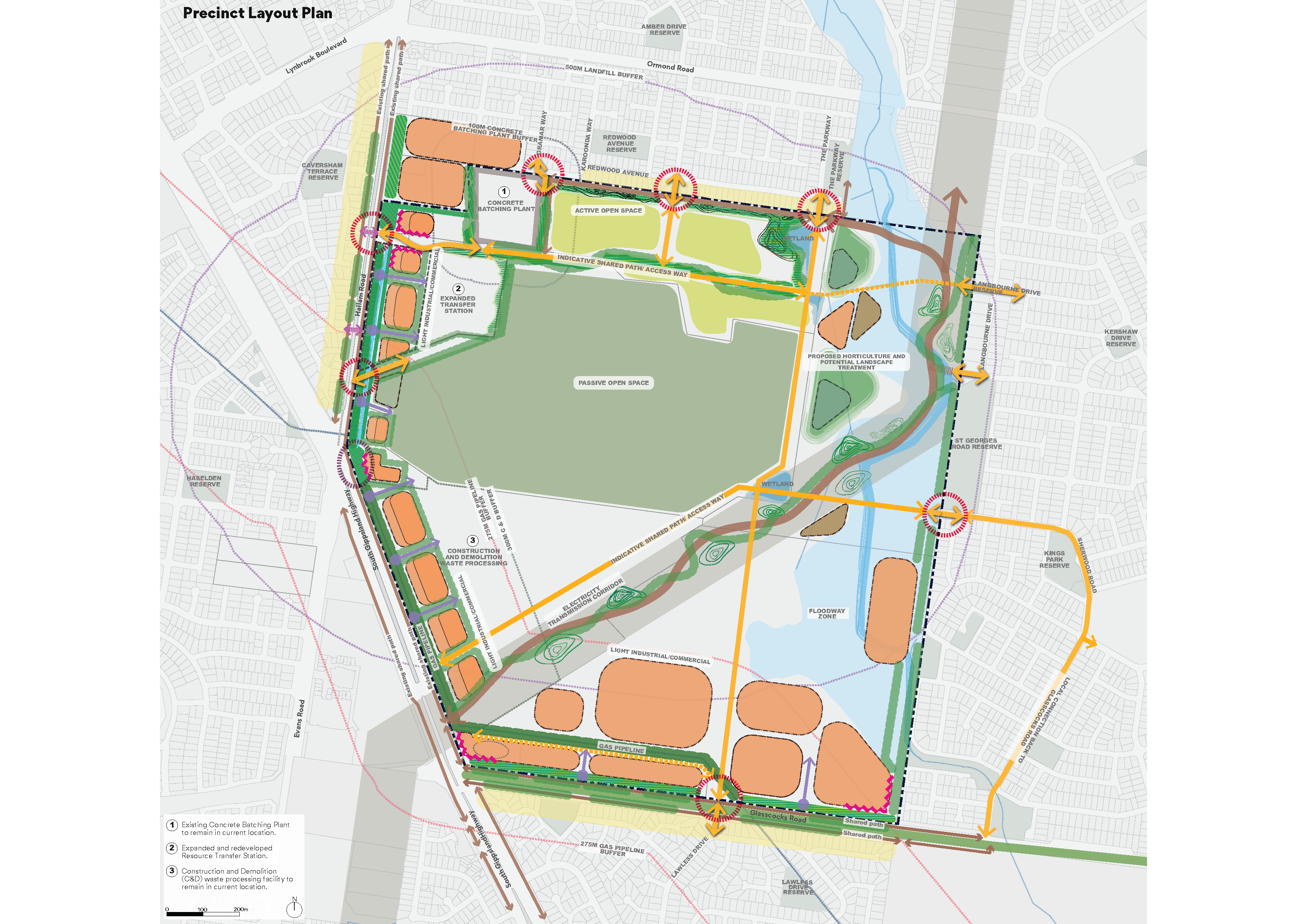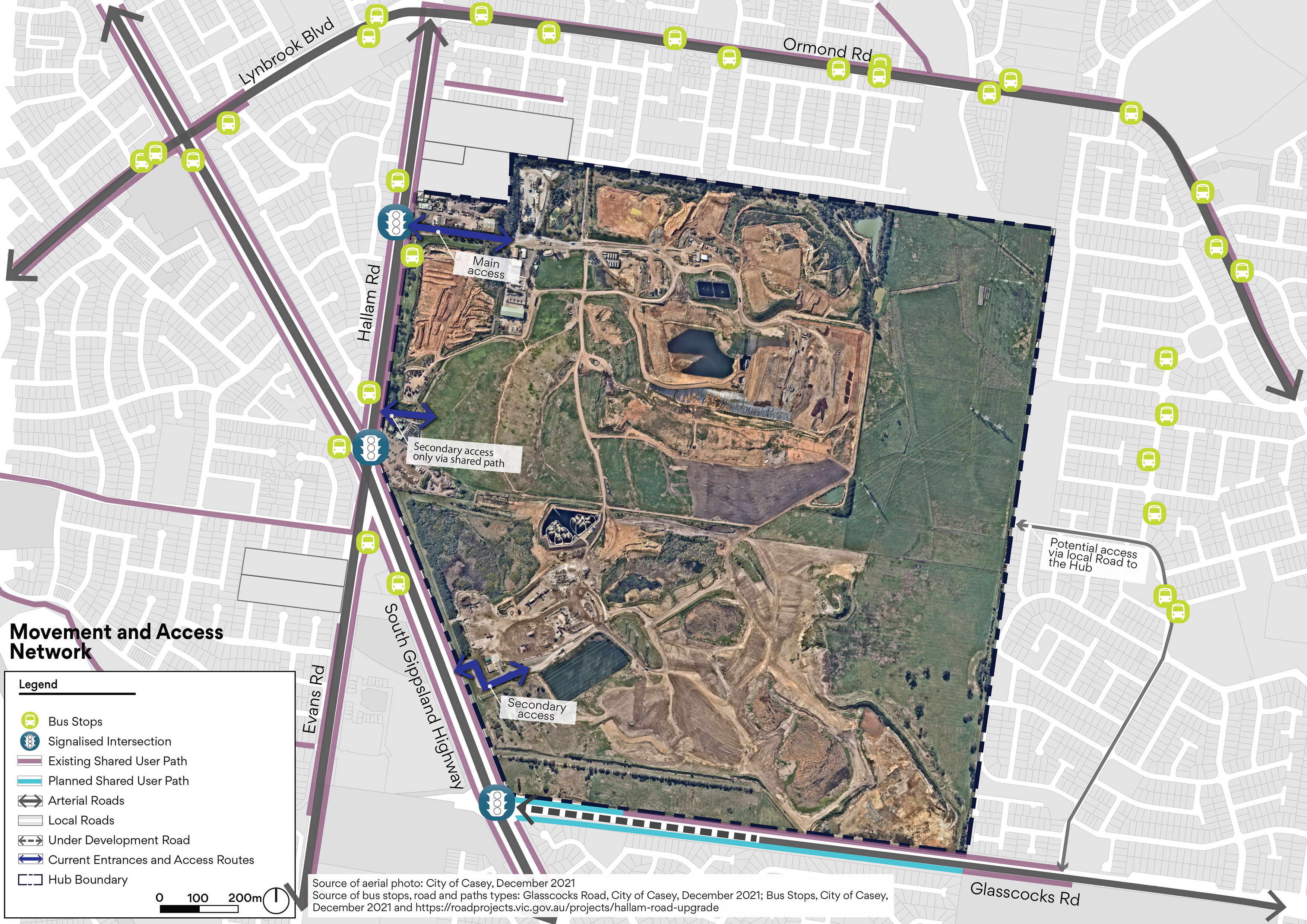Waste and Resource Recovery Hub
This design strategy shapes the long-term planning for the future transformation of an expansive landfill site, into a major active/passive open space asset for Hampton Park. It won the Casey Design Excellence Award for Master Plans or Strategies in 2022.
Agency Design
Webflow template
Agency Design
Webflow template
Agency Design
Webflow template
Agency Design
Webflow template
Agency Design
Webflow template
Agency Design
Webflow template
Agency Design
Webflow template
Agency Design
Webflow template
Agency Design
Webflow template

The study envisages transformation of a challenging, inaccessible yet essential facility, into a welcoming public asset and civic opportunity site. It guides how the future open space and ongoing industrial uses will interface with the surrounding community, to support access, safety, and amenity, and social, economic and environmental benefits. It is informed by, and contributed to, several parallel technical studies.

In-depth analysis of the physical and technical interface conditions informs 15 Urban Design Principles to guide future development, and a series of Design Guidelines, spanning land use, built form, open space and connectivity, across technical and strategic considerations. The Urban Interface Study considers the long-term potential of a State-significant waste and resource facility which, over time, will transition to provide a major public open space, with new interfaces to surrounding roads and neighbourhoods. The study proposes opportunities for sustainable industries and landscape-integrated development, building on existing activities around materials and resources, and looking towards a circular economy framework for this type of facility.

Concept frameworks for each interface address these Principles, ensuring future outcomes are grounded in existing conditions and future aspirations. These were developed through an Inquiry by Design Workshop involving Council officers in the design process.


